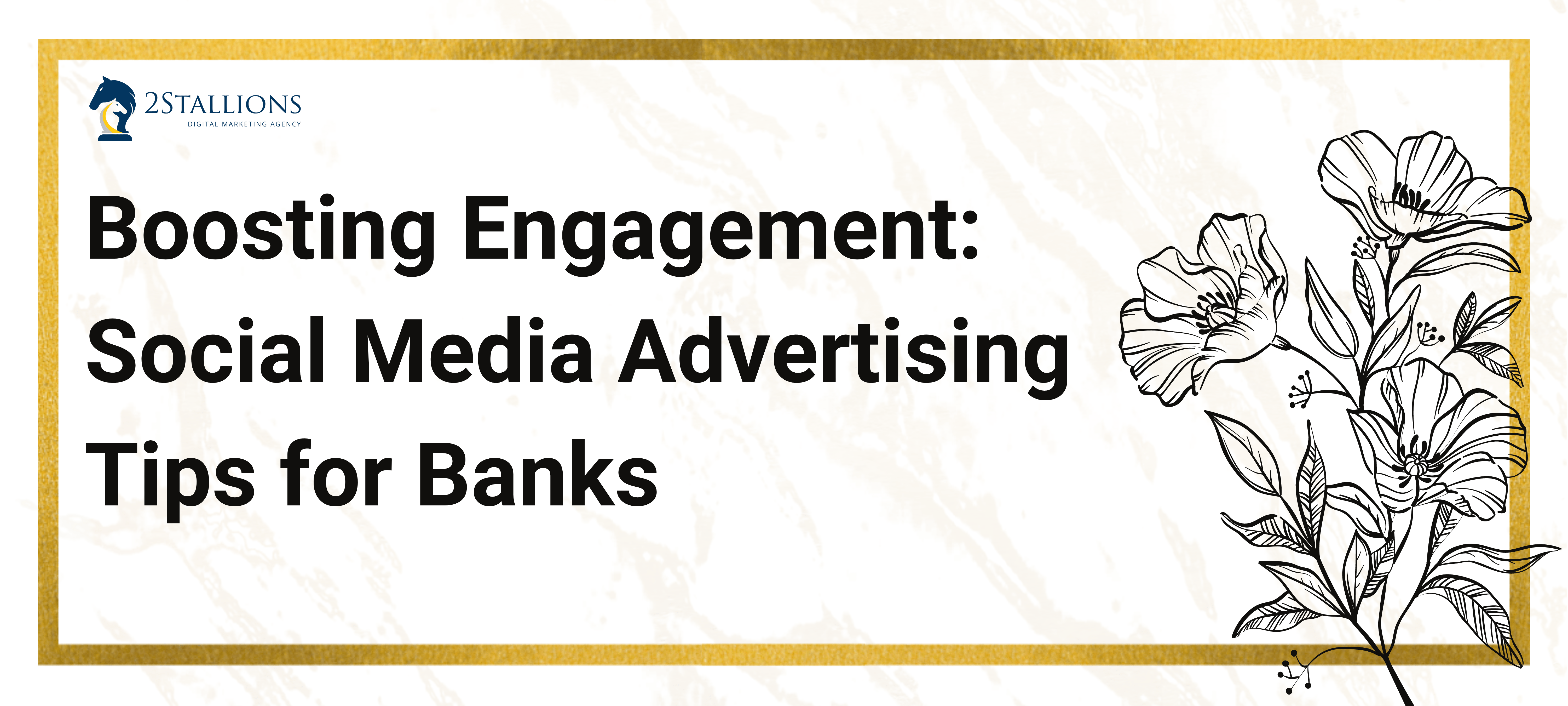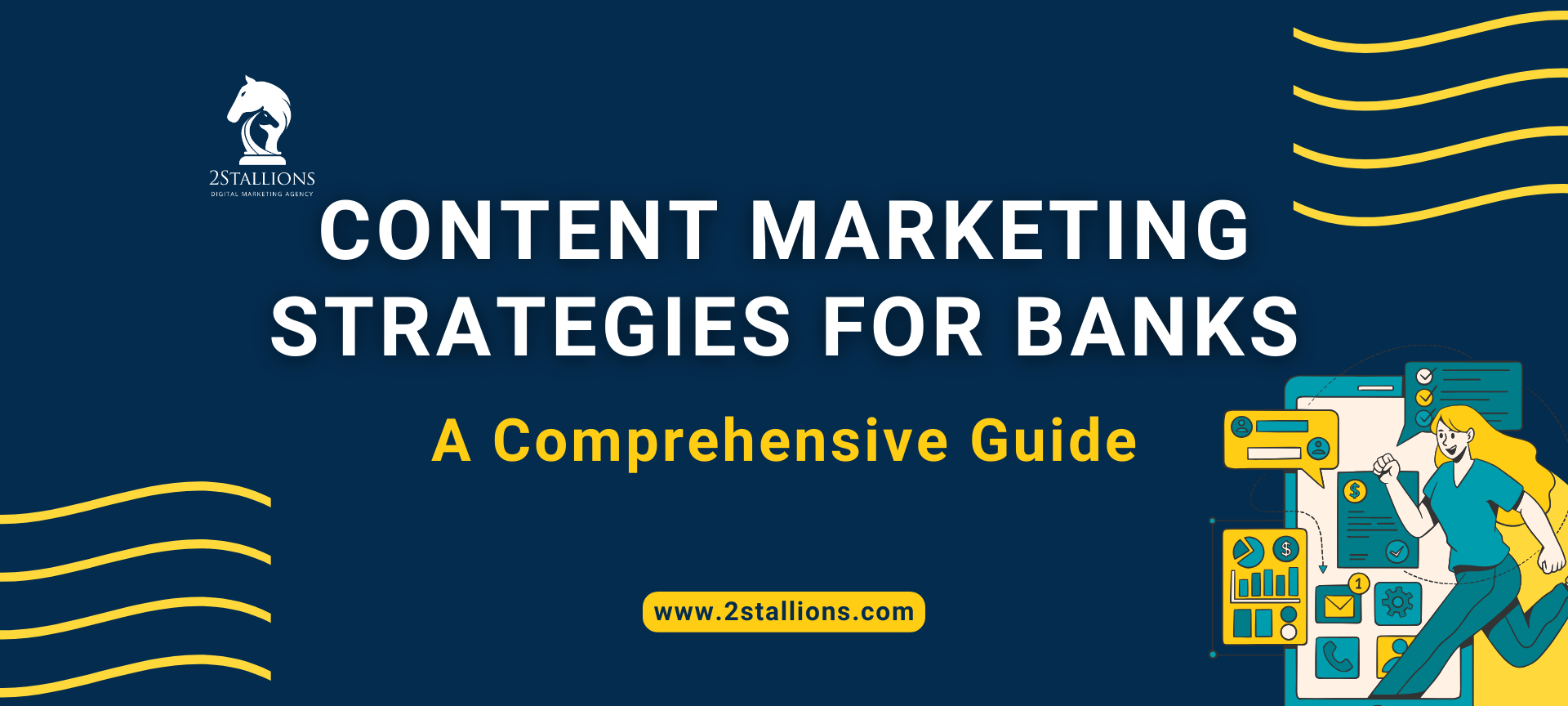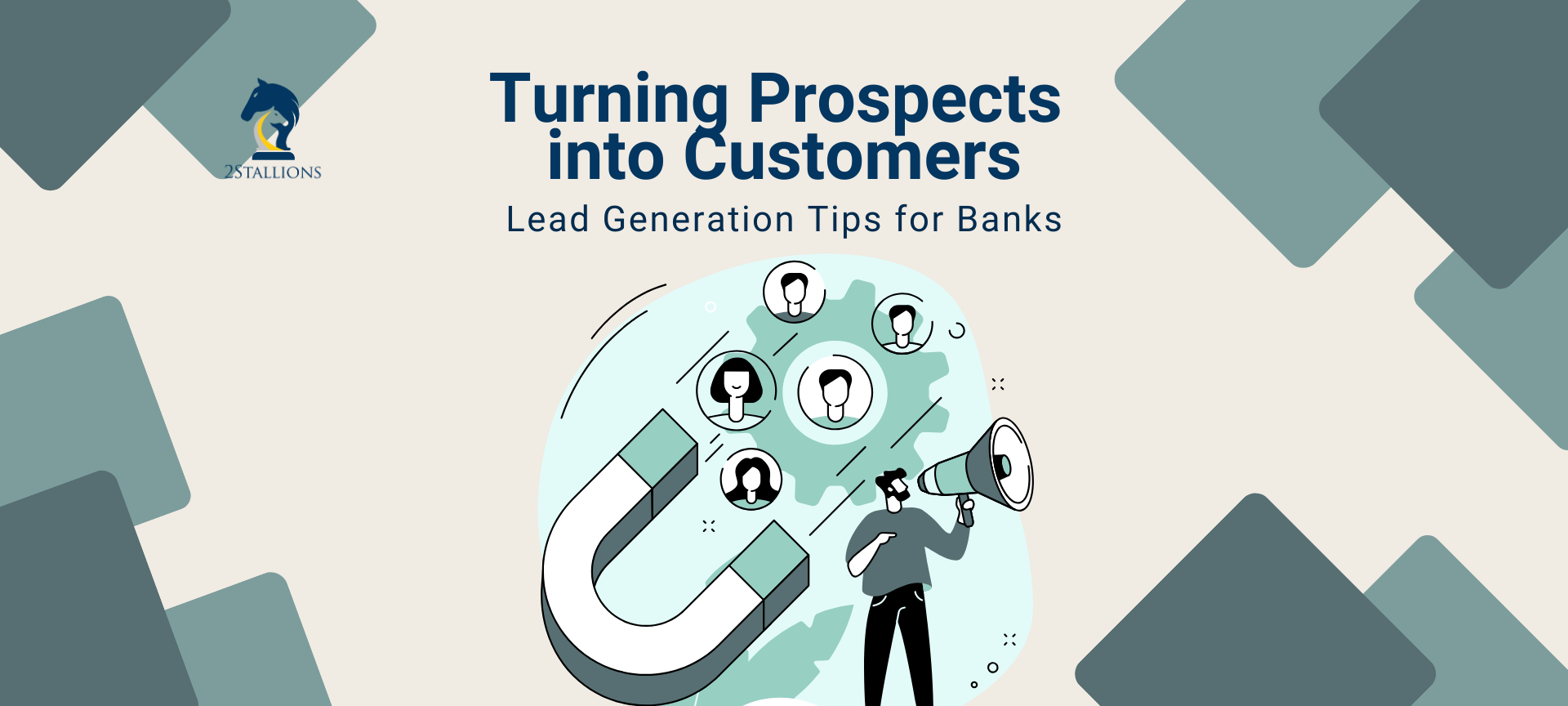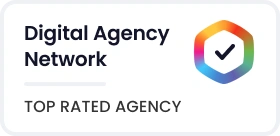Content
SHARE
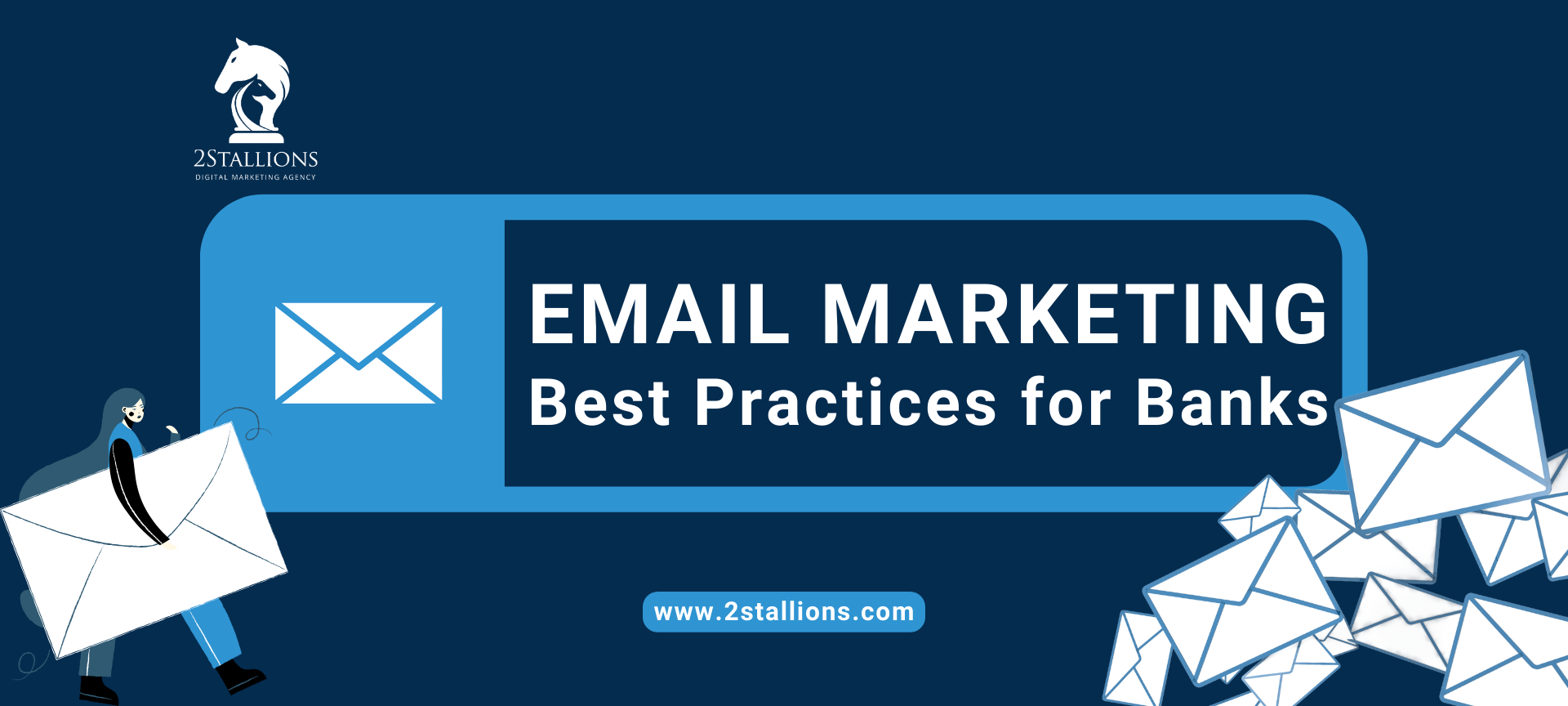
In today’s digital age, email marketing has become an essential tool for businesses across various industries, including the banking sector. Banks have realised the importance of using email to engage customers and enhance their banking services. In this article, we will explore the role of email marketing in banking, the key elements of successful email campaigns, strategies for effective implementation, and how to measure the success of your email marketing efforts. We will also address the regulatory considerations needed to navigate when engaging in email marketing.

(Source: NonStopCorp)
Understanding the Importance of Email Marketing in Banking
Email marketing plays a crucial role in customer engagement for banks. With the rise of digital communication, customers expect personalised and timely interactions with their banks. Email marketing allows banks to deliver relevant targeted content that fosters a strong customer connection. By utilising emails, banks can effectively communicate important information, such as updates on account activity, new product offerings, and tailored financial advice.
The Role of Email Marketing in Customer Engagement
Email marketing enables banks to engage with customers regularly and foster two-way communication. By sending personalised emails, banks can address customers by name, recommend products and services that align with their financial goals, and offer exclusive promotions. This level of personalisation helps banks build trust and loyalty with their customers, ultimately leading to increased customer satisfaction and retention.
How Email Marketing Can Improve Banking Services
Besides customer engagement, email marketing also enhances banking services. Banks can use email campaigns to educate customers about new features and functionalities of their online banking platforms, helping customers manage their finances easier. Moreover, personalised emails can provide valuable financial insights and tips to help customers make better financial decisions. Ultimately, email marketing supports banks in providing a more seamless and convenient banking experience to their customers.
Furthermore, email marketing allows banks to stay connected with their customers during important life events. Whether it’s sending congratulatory messages on a customer’s mortgage approval or providing guidance on retirement planning, email marketing enables banks to be there for their customers at every step. This personal touch strengthens the customer-bank relationship and positions the bank as a trusted financial advisor.
In addition, email marketing provides banks with valuable data and insights. Banks can understand a customer’s preferences and behaviours by analysing email open rates, click-through rates, and customer responses. This data can then be used to refine marketing strategies, develop targeted campaigns, and improve overall customer experience. Email marketing is a valuable tool for banks to gather actionable data and make data-driven decisions.
(Source: FasterCapital)
As an email marketing agency, 2Stallions helps businesses craft targeted, high-performing campaigns that drive engagement and increase conversions. Schedule a free consultation with us today.
Key Elements of Successful Email Marketing for Banks
Banks should focus on key elements to run a successful email marketing campaign. One of the most important factors is crafting effective email content.
Crafting Effective Email Content
The content of your emails should be engaging, concise, and relevant to your audience. Avoid using technical banking jargon and instead focus on clear and easy-to-understand language. Consider incorporating visual elements, such as images and infographics, to enhance the appeal of your emails. Additionally, ensure your emails have a clear call-to-action that prompts recipients to take the desired action, whether signing up for a new service or visiting a branch. Creating compelling subject lines is another crucial aspect of crafting effective email content. A captivating subject line can significantly impact the open rate of your emails. It should be concise, relevant, and intriguing to entice recipients to click and explore the content of the email further. Personalising subject lines with the recipient’s name or referencing their specific banking needs can also help increase engagement.
The Importance of Personalisation in Email Marketing
Personalisation is key in email marketing for banks—Utilise customer data to tailor your emails based on individual preferences, demographics, and financial behaviours. Personalised emails grab the customers’ attention and demonstrate that you understand their unique needs. This level of personalisation can significantly boost open rates, click-through rates, and conversion rates. Segmenting your email list based on customer behaviour and preferences is a powerful way to enhance personalisation. By dividing your audience into specific groups, you can send targeted and relevant content to each segment, increasing the likelihood of engagement. Tailoring promotions, product recommendations, and educational content to match the interests and needs of different customer segments can lead to higher conversion rates and customer satisfaction.
Strategies for Effective Email Marketing in Banking
To achieve optimal results in your email marketing campaigns, banks should implement various strategies, such as segmenting their email list, implementing automation, and focusing on engaging content. In the banking sector of email marketing, segmenting your email list is crucial for better results. By categorising your customers based on different criteria such as age, location, or financial goals, you can tailor your email content to suit their specific needs and interests. This targeted approach increases the relevance of your emails and enhances the chances of engagement and conversion. Moreover, implementing automation in your email marketing strategy can significantly improve efficiency and effectiveness. Automation allows banks to streamline communication processes by setting up automated responses for various customer interactions. From welcome emails to birthday messages and transactional notifications, automation ensures timely and consistent communication with customers, ultimately enhancing their overall experience with the bank. Additionally, personalised drip campaigns enabled by automation can help nurture leads and guide customers through their financial journey seamlessly.
(Source: Exponea)
Measuring the Success of Email Marketing Campaigns
Measuring the success of your email marketing campaigns is crucial for banks to understand the impact and effectiveness of their efforts. Email marketing has become a fundamental tool for banks to communicate with their customers, offering a direct and personalised way to engage with their audience. By tracking and analysing key metrics, banks can gain valuable insights into the performance of their email campaigns and tailor their strategies to meet the needs and preferences of their customers.
Key Metrics to Track in Your Email Campaigns
When assessing the success of your email campaigns, it’s important to track key metrics such as open rates, click-through rates, conversion rates, and unsubscribe rates. These metrics provide insights into the engagement levels of your audience and help you evaluate the effectiveness of your email content and strategies. Regularly monitoring and analysing these metrics allows banks to make data-driven campaign improvements. Open rates indicate the percentage of recipients who opened the email, giving an initial view of how engaging the subject line and sender name is. Click-through rates measure the number of recipients who click on links within the email, showing the level of interest in the content. Conversion rates reveal the proportion of recipients who completed a desired action, such as making a purchase or signing up for a service, showcasing the effectiveness of the email in driving customer behaviour. Unsubscribe rates highlight the number of recipients who opted out of receiving further emails, indicating potential issues with content relevance or frequency.
Making Sense of Email Marketing Analytics
Interpreting email marketing analytics can be daunting, but banks must understand the data to make informed decisions. Analyse data trends, identify patterns and leverage insights to optimise future email campaigns. Consider using email marketing software that provides clear and actionable analytics to simplify the process and enable more efficient decision-making. By delving deeper into the analytics, banks can uncover valuable information about customer preferences, behaviours, and engagement patterns. This data can segment the audience into targeted groups, allowing for more personalised and relevant email content. Understanding the performance of different campaigns and A/B testing various elements can help banks refine their email strategies for better results. Additionally, monitoring the performance of emails across different devices and platforms can provide insights into the user experience and inform design decisions for future campaigns.
(Source: FasterCapital)
Navigating Email Marketing Regulations in Banking
While email marketing offers tremendous opportunities for banks, it is important to navigate the regulations that govern this practice.
Understanding GDPR and its Implications for Email Marketing
The General Data Protection Regulation (GDPR) in the European Union has significantly impacted email marketing practices. Banks should comply with the regulations by obtaining explicit customer consent before sending marketing emails and respecting their right to opt out. It is crucial to keep customer data secure and handle it responsibly to maintain customer trust.
Ensuring Compliance in Your Email Marketing Efforts
Besides GDPR, banks must also adhere to other regulations, such as the CAN-SPAM Act in the United States. Familiarise yourself with the specific rules in your jurisdiction and implement robust processes to ensure compliance. This includes keeping accurate records of consent, providing clear unsubscribe options, and honouring customer preferences regarding email frequency. In conclusion, email marketing is a powerful tool for banks to engage customers, enhance their services, and achieve marketing goals. By understanding the importance of email marketing, focusing on key elements of successful campaigns, implementing effective strategies, measuring campaign success, and navigating regulatory considerations, banks can harness the full potential of email marketing to build stronger relationships with their customers and drive business growth.
Frequently Asked Questions About Email Marketing Best Practices for Banks
What are the best practices for email marketing in the banking sector?
Best practices include personalising emails to customer needs, ensuring all communications are secure and comply with financial regulations, using clear and concise language, and incorporating calls-to-action that direct customers to secure platforms for further engagement.
How can banks personalise their email marketing campaigns?
Banks can personalise their email campaigns by using data analytics to understand customer preferences and behaviours, segmenting their audience based on demographics and financial needs, and tailoring messages to address individual circumstances and goals.
What are the key regulatory considerations for banks when conducting email marketing?
Key regulatory considerations include adhering to data protection laws such as GDPR, ensuring customer data is securely handled, obtaining explicit consent for marketing communications, and providing clear opt-out options in every email.
How can banks measure the success of their email marketing campaigns?
Banks can measure the success of their email marketing by tracking metrics such as open rates, click-through rates, conversion rates, and customer feedback to refine their strategies and improve the effectiveness of future campaigns.






